Was called to check a bathroom sink that was draining slow in an old farm house that is over 100 yrs old. When sink was installed many years ago they never installed a vent, now water is very slow to drain. If I loosen one of the fittings past the trap, water drains a lot faster, but with a slight leak. HO doesn’t want to tear up wall to add a vent to roof. Does anyone have any idea how to remedy, or do they make something to add onto drain if a vent isn’t possible?
Discussion Forum
Discussion Forum
Up Next
Video Shorts
Featured Story
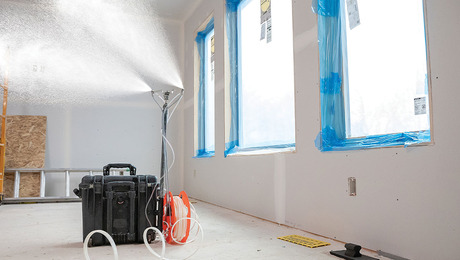
Simple air-sealing measures and spray-applied sealant lower energy bills and increase comfort without the need to tear the house apart.
Highlights
"I have learned so much thanks to the searchable articles on the FHB website. I can confidently say that I expect to be a life-long subscriber." - M.K.
Fine Homebuilding Magazine
- Home Group
- Antique Trader
- Arts & Crafts Homes
- Bank Note Reporter
- Cabin Life
- Cuisine at Home
- Fine Gardening
- Fine Woodworking
- Green Building Advisor
- Garden Gate
- Horticulture
- Keep Craft Alive
- Log Home Living
- Military Trader/Vehicles
- Numismatic News
- Numismaster
- Old Cars Weekly
- Old House Journal
- Period Homes
- Popular Woodworking
- Script
- ShopNotes
- Sports Collectors Digest
- Threads
- Timber Home Living
- Traditional Building
- Woodsmith
- World Coin News
- Writer's Digest
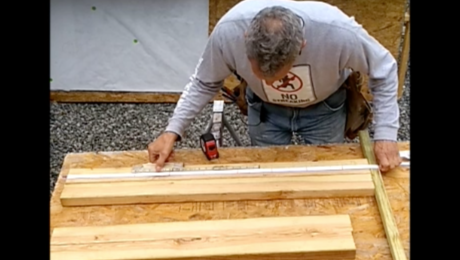
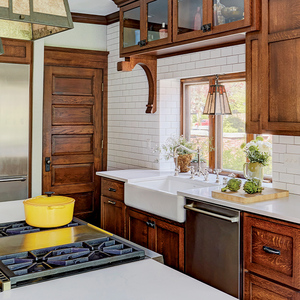
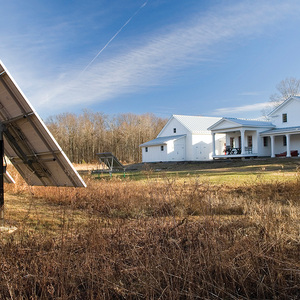

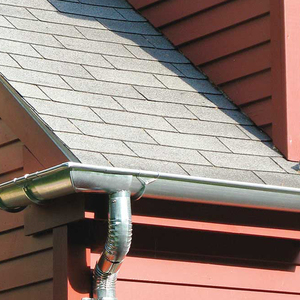













Replies
An air admitance valve, aka Studor valve.
http://www.studor.com/index2.htm
http://www.toolbase.org/Technology-Inventory/Plumbing/air-admittance-valves
Not all local codes allow them.
.
.
A-holes. Hey every group has to have one. And I have been elected to be the one. I should make that my tagline.
Edited 8/5/2007 9:58 pm by BillHartmann
There's an old technique that can be used here. It still requires tearing up part of the wall, but only a section below the sink.
Open up the wall where the drain pipe goes down through the floor. There will be an ell at the top of that pipe. Replace it with a tee so that you can run a pipe upwards (as if you were venting through the roof). Using PVC makes this easier.
Make a U-shaped piece of piping from two ells and pieces of pipe. This should be long enough to extend above the sink, but it's not absolutely necessary for it to stick up that far. Insert this in the wall and glue it into the top of the tee. Now you have a pipe that goes up inside the wall, makes a u-turn, and comes back down. Drill a hole through the bottom of the wall and extend this pipe down. Hook it into the drain plumbing at any convenient point.
What you've done is to create a loop in the line that allows air to escape into another portion of the drainage system. It doesn't work quite as well as a real vent, but it does work.
Got this drawing from my building dept. Works very well for our kitchen sink w/ dishwasher.PAHS Designer/Builder- Bury it!
In other words, you're violating the restrictions in the first paragraph?
So convenient a thing it is to be a reasonable Creature, since it enables one to find or make a Reason for everything one has a mind to do. --Benjamin Franklin
Dan,
Why is he violating the 1st paragraph? He's still only venting the sink drain, he's not venting the d/w as a separate fixture.
Geoff
I suppose that's subject to interpretation.
So convenient a thing it is to be a reasonable Creature, since it enables one to find or make a Reason for everything one has a mind to do. --Benjamin Franklin
If the sluggishness is recent, or has been slowly getting worse, I wouldn't be so quick to blame it on the lack of a proper vent. Sounds more like drain sludge has built up to the point that the lack of vent now makes a difference. I'd snake it first before tearing anything up.